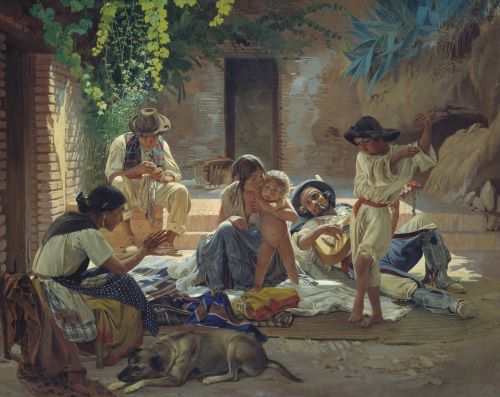|
Historical novels vary in how they weave fact and fiction. Some, such as Ellis Peters’s medieval Cadfael mysteries, place ordinary people in normal times very different from our own. Some suggest ways cataclysmic events like revolutions turn fictional lives upside down, as in Dickens’s Tale of Two Cities and Pasternak’s Doctor Zhivago. Others create narratives to fill gaps in the historical record. In The Secret History of Twin Peaks: A Novel, Mark Frost weaves conspiracy theories about the Lewis and Clark expedition of 1804-06 and Lewis’s death into backstory for the TV series he co-created with David Lynch.
A true historical puzzle led me to write fiction for the first time since childhood. Curious about the history of the Roma (pejorative Gypsies in English, Zigeuner in German), I learned that linguists traced their migration from India through Armenia to southeastern Europe by the 1300s. There Roma bands traveled around Hungary and the Balkans as wandering merchants and blacksmiths. Some in Romania were enslaved. Suddenly, with no clear cause, large groups of Roma appeared northern Germany in autumn 1417. City chronicles in Hildesheim, Luneburg, Hamburg, and along the Baltic reported dark-skinned, ragged strangers at the gates. The next year the strangers arrived in Frankfurt, Colmar, and Zurich. Soon they were in Italy and Spain. Claiming to be pilgrims from Egypt and carrying letters of introduction from the king of Bohemia, they accepted alms until townspeople drove them out. What triggered this mysterious migration? My factual draft got so filled with “perhaps,” “conceivably," and “one might hypothesize” that it was cleaner to drop the disclaimers and invent what might have happened. Fiction lets the story continue after the evidence runs out. Image: Evgraf Sorokin, Spanish Gypsies, 1853.
0 Comments
Leave a Reply. |
AuthorI'm a historian who writes novels and literary nonfiction. My home base is Madison, Wisconsin. Archives
July 2024
|

 RSS Feed
RSS Feed